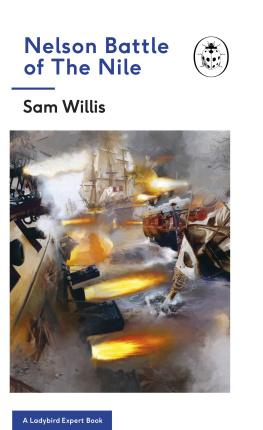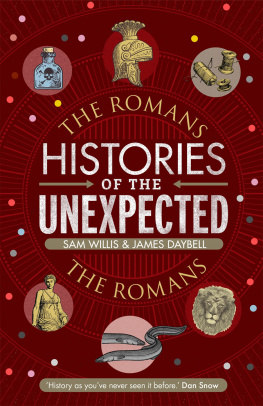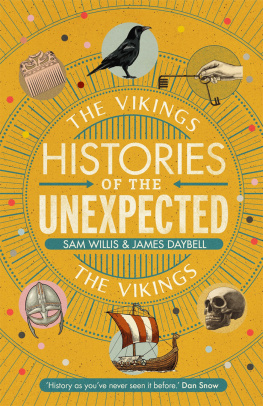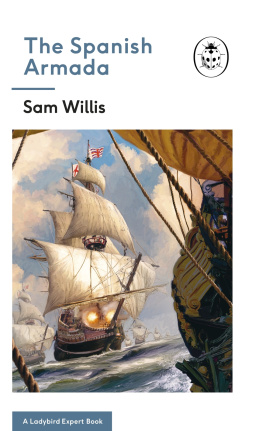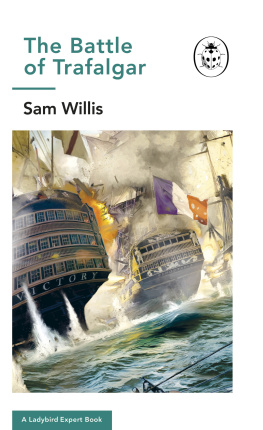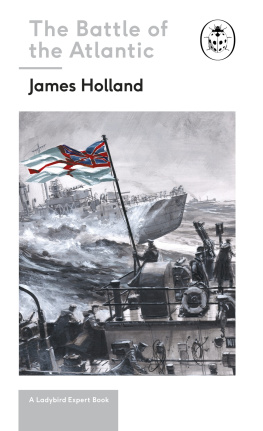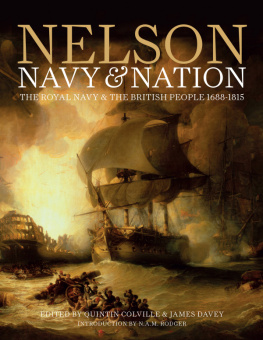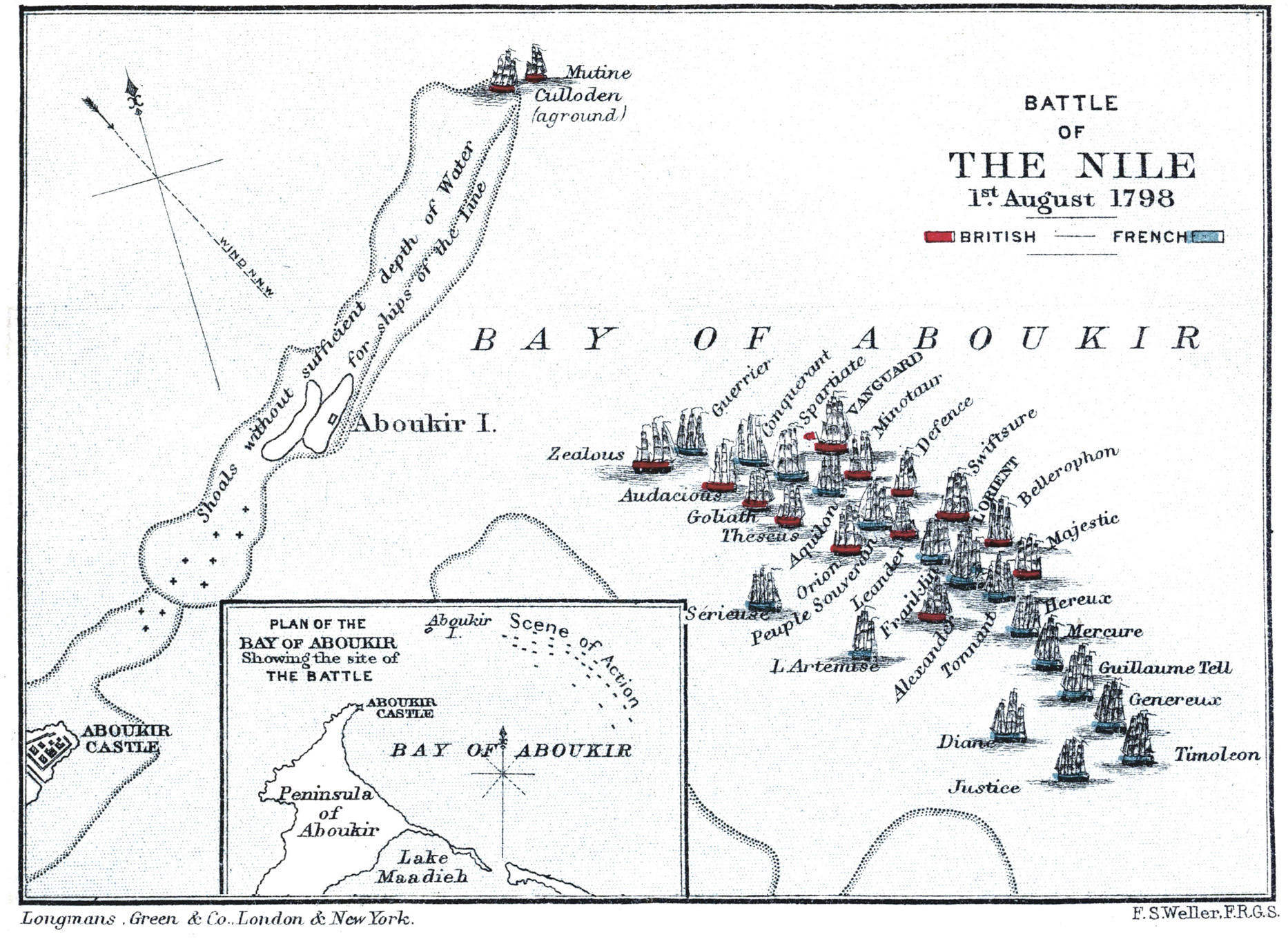

Series 117
This is a Ladybird Expert book, one of a series of titles for an adult readership. Written by some of the leading lights and outstanding communicators in their fields and published by one of the most trusted and well-loved names in books, the Ladybird Expert series provides clear, accessible and authoritative introductions, informed by expert opinion, to key subjects drawn from science, history and culture.
The publisher wishes to thank the following for the illustrative references for this book: Shutterstock..
Every effort has been made to ensure images are correctly attributed, however if any omission or error has been made please notify the Publisher for correction in future editions.
MICHAEL JOSEPH
UK | USA | Canada | Ireland | Australia
India | New Zealand | South Africa
Michael Joseph is part of the Penguin Random House group of companies whose addresses can be found at global.penguinrandomhouse.com

First published 2019
Text copyright Sam Willis, 2019
All images copyright Ladybird Books Ltd, 2019
The moral right of the author has been asserted
Cover illustration by Paul Young
ISBN: 978-1-405-93389-6
This ebook is copyright material and must not be copied, reproduced, transferred, distributed, leased, licensed or publicly performed or used in any way except as specifically permitted in writing by the publishers, as allowed under the terms and conditions under which it was purchased or as strictly permitted by applicable copyright law. Any unauthorized distribution or use of this text may be a direct infringement of the authors and publishers rights and those responsible may be liable in law accordingly.
Sam Willis
THE BATTLE OF THE NILE
with illustrations by
Paul Young

In February 1797 a thirty-eight-year-old British naval officer, Commodore Horatio Nelson, landed with fanfare, lights and fireworks on the public stage. He had just taken part in a naval battle against the Spanish, then allies of Revolutionary France, off Cape St Vincent. In that battle he had performed exceptionally; in fact, his performance was then, and still is, unique in British naval history.
From his two-decked 74-gun ship he had beaten a much larger 80-gunner into submission, boarded her at the head of his men and personally secured her captains surrender. It was the first time that a British flag-officer had led a boarding party in person since Sir Edward Howard in 1513. From that ship he had then boarded a three-decked Spanish ship, this one of 112 guns, and had again personally secured her captains surrender. The manoeuvre became known in the fleet as Nelsons Patent Bridge for Boarding First Rates.
Shortly after his return to England, he was knighted, promoted to rear-admiral and his fame spread. This was some rise for the son of a vicar from rural Norfolk, but he wasnt about to stop there.
In less than a year his status had changed again, this time to National Hero. In the summer of 1798 he was given a peerage by King George III and a dukedom in Sicily by the King of Naples, which came with a 35,000 acre estate, a castle and a twelfth-century abbey; he took as his lover Emma Hamilton, one of the most famous women of the era; and received personal gifts from the Tsar of Russia and the Sultan of the Ottoman Empire.
The catalyst for this remarkable transformation was the Battle of the Nile of 13 August 1798, one of the most important battles that has ever been fought on land or sea.
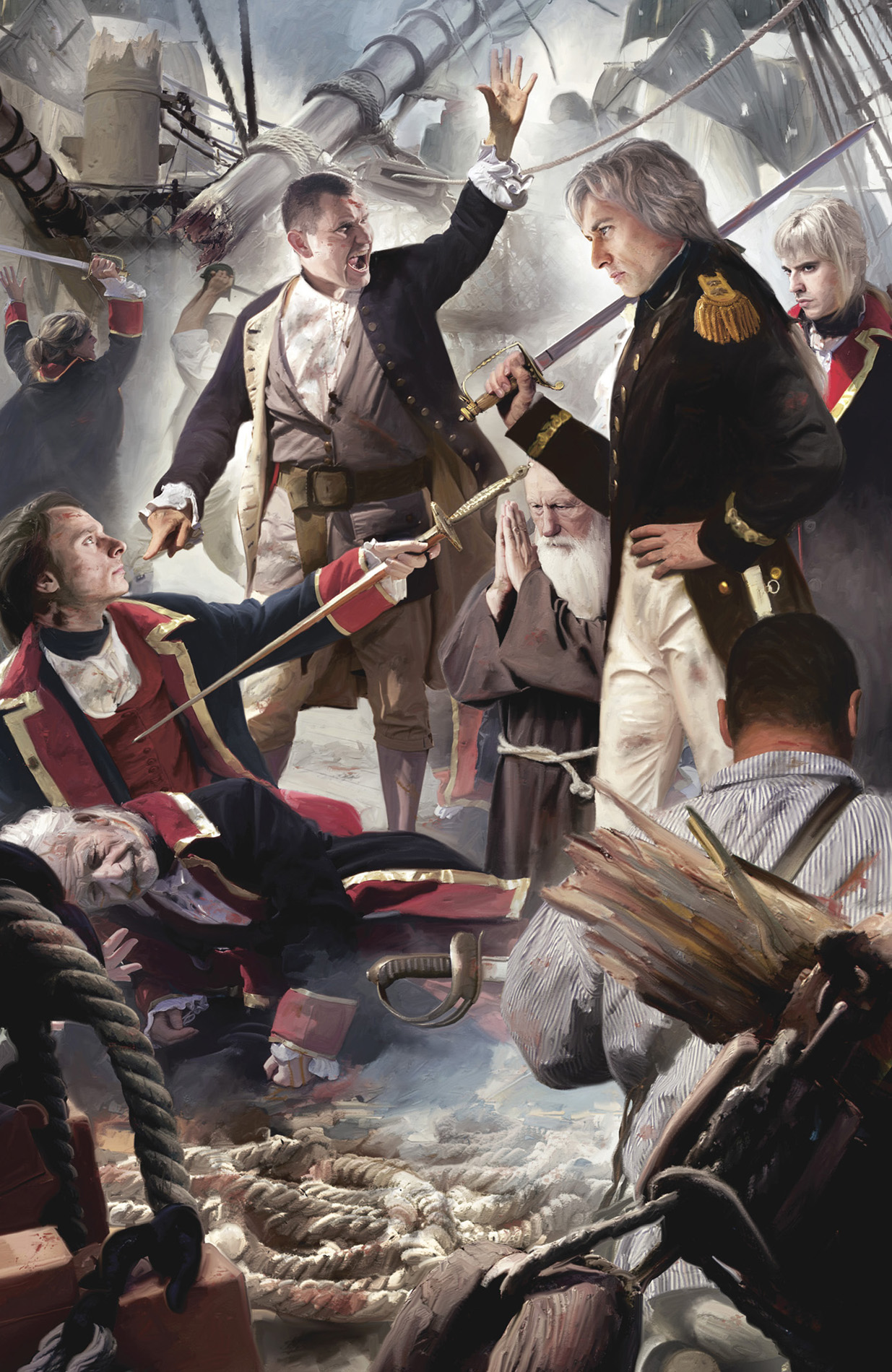
The roots of the battle lie in the French Revolution. In 1793, five years before the Battle of the Nile, the French executed their king, Louis XVI. He was beheaded by a guillotine in a public square in the centre of Paris. He did not die as a king but as a citizen; as citoyen Louis Capet. Every one of his final requests was denied.
The effect of this regicide was immense and immediate. The Capetian monarchy had been founded in BC 987 and Capetian kings had reigned uninterrupted for a total of 806 years: there are few more profound schisms in history than this moment, when the orthodox, expected and understood were swept away for a new, and as yet unknown, order.
After Louiss murder, France was threatened on all sides as traditional European states including Austria, the Holy Roman Empire, Prussia, England, Spain, the Dutch Republic, Portugal, Sardinia, Tuscany and Naples reacted in horror to the regicide and took up arms against her, initially with great success.
The Austrians invaded northern France; the British took French possessions in the West Indies and the port of Toulon in southern France; the Sardinians crossed the Alps and the Spanish the Pyrenees; French possessions in the East Indies fell like dominoes.
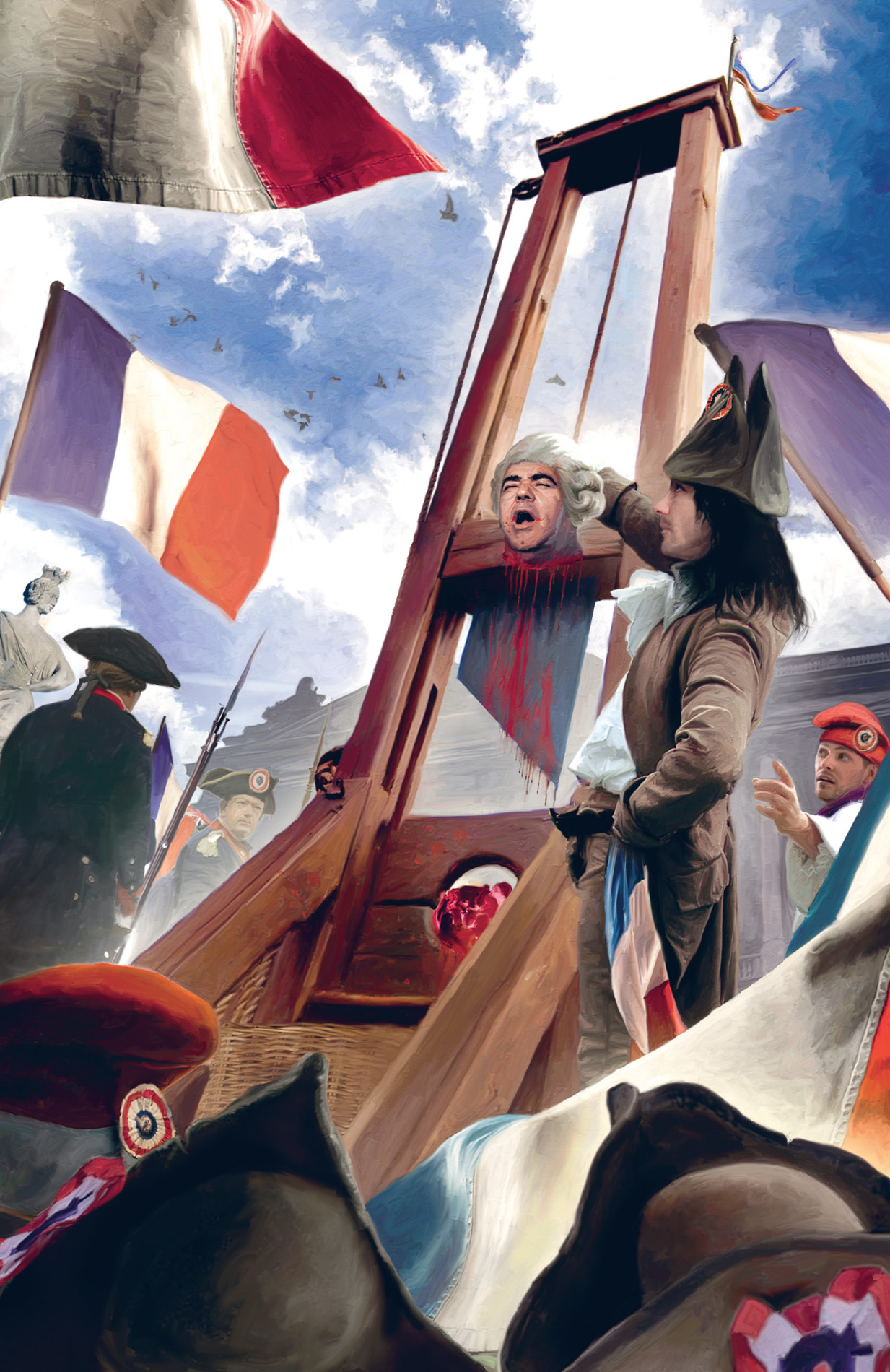
In 1794, however, the French began to turn the tables on their enemies. Between April 1793 and July 1794, a period which became known as the Reign of Terror, a politician named Maximilien Robespierre attempted to bring a chaotic Revolutionary France to heel through intimidation and fear.
During this period almost 17,000 people were officially sentenced to death and executed by guillotine; perhaps 40,000 more were executed without any record being kept, and 500,000 men and women were imprisoned for political crimes. Those who were not murdered or imprisoned were conscripted for the war effort.
In June 1794 the French took Belgium and the Rhineland and marched on the Netherlands. In January 1795 they took Amsterdam and completed their conquest of the Dutch Republic. From then until 1806 the Dutch, in the guise of the revolutionary-inspired Batavian Republic, were reluctant allies of the French.
In the summer of 1794 the French also invaded Spain and tasted overwhelming success against the combined armies of the kingdoms of Spain and Portugal. With thousands of French troops encamped on Spanish soil, the Spanish suddenly found it easier to remember their old alliances with France and in August they swapped sides, joining the French. The French and Spanish would remain allies until 1808.

As the Revolution tasted success and grew confident once more, Robespierre himself fell to the guillotines blade when his cronies turned against his tyranny in June 1794. Thereafter France was governed by the Directory, a committee of five directors committed to preventing too much power from residing in the hands of one man: first it had been Louis the king and then Robespierre the politician. They were determined that it would not happen yet again.
One of the Directorys leading generals, however, was a Corsican from a minor branch of the nobility called Napoleon Bonaparte. Napoleon had excelled as a soldier in the early years of the Revolution. In October 1795 he had demonstrated his loyalty to the new post-Robespierre regime by putting down a coup intended to reinstate the monarchy.
Next page
